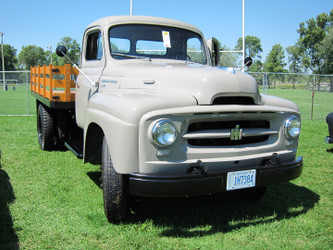Classic Truck History Part 9: International
Posted by Jil McIntosh on Aug 18th 2020
International Trucks
Very few vehicle manufacturers were ever as diverse as International. Over the years, its factories churned out horse-drawn wagons, farm equipment, steam-powered and gasoline tractors, stationary engines, delivery vans, and of course tractor-trailers. But it’s the light trucks and sport-utes that interest us here.
International’s roots go back to 1834, with a patent for the horse-drawn reaping machine invented by Cyrus McCormick. The farm equipment company he founded merged with several others in 1902 to create International Harvester.
The company produced its first motorized wagon in 1907. Powered by a two-cylinder air-cooled engine and called the Model A, it was made both as a passenger vehicle, and as a light truck called the Auto Wagon. It rode on tall buggy wheels with solid rubber tires, a style known as a “high-wheeler.” Passenger cars were discontinued after 1911.
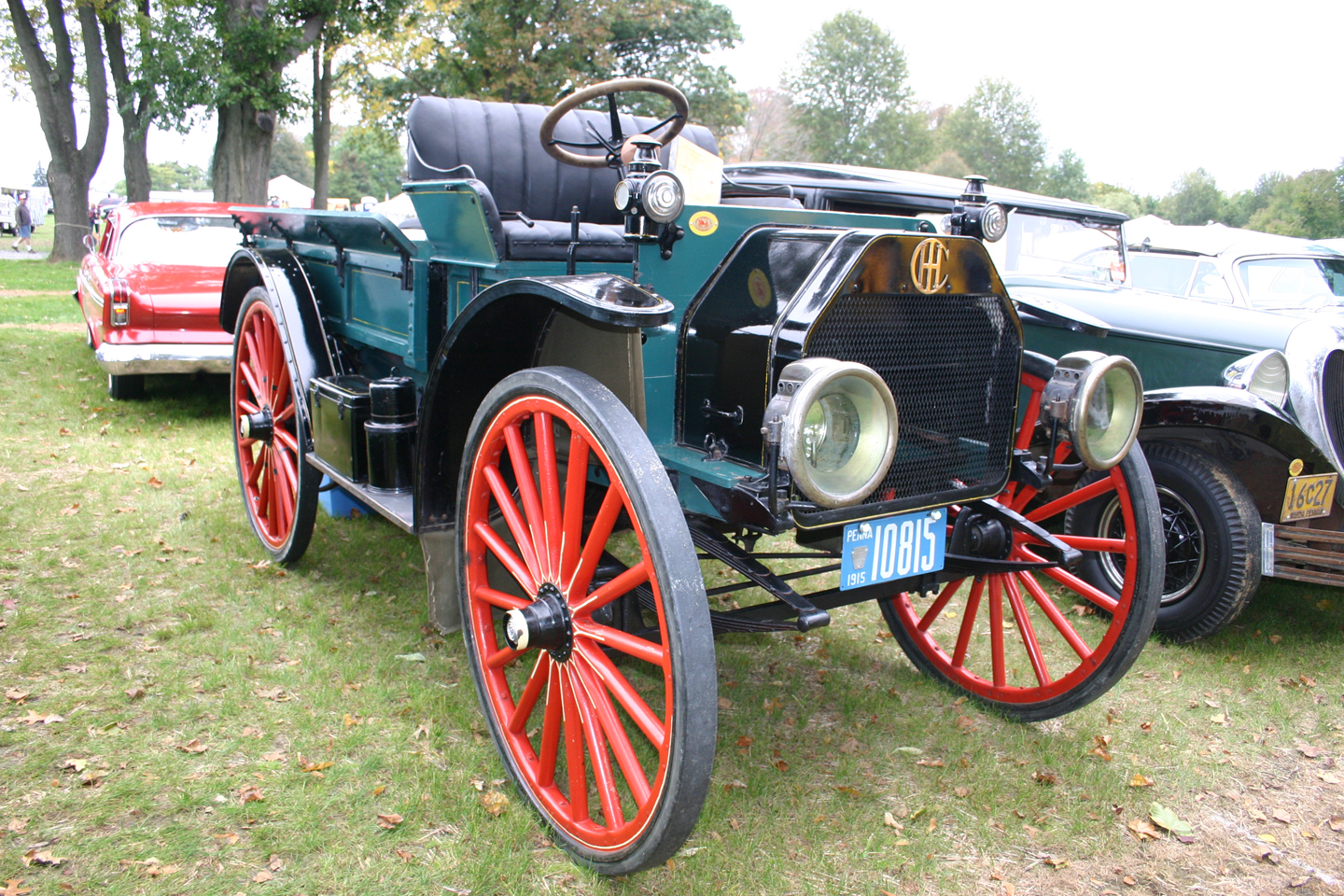
For 1916, the trucks were big and heavy-duty, redesigned with conventional styling. But for 1921 there was a smaller, three-quarter-ton pickup, known as a “speed truck” because it could hit 30 miles per hour.
International stuck with three-quarter and one-ton trucks into the 1930s but noticed other automakers were successful with half-tons. Willys-Overland made one, but the company itself was having tough times. So for 1933, International contracted the trucks to be built and badged as Internationals. The following year, International added its own half-ton, and by 1935, all its trucks were built in-house.

As other automakers did, International shut down consumer production and made military supplies during the Second World War. The new “KB” trucks for 1947 were basically the pre-war models with minor changes.

The all-new Model L arrived for 1950, with one-piece windshield, horizontal grille, a new six-cylinder engine with overhead valves, and the company’s first column shifter. The truck would twice be gently redesigned over the next few years, into the Model R and Model S.
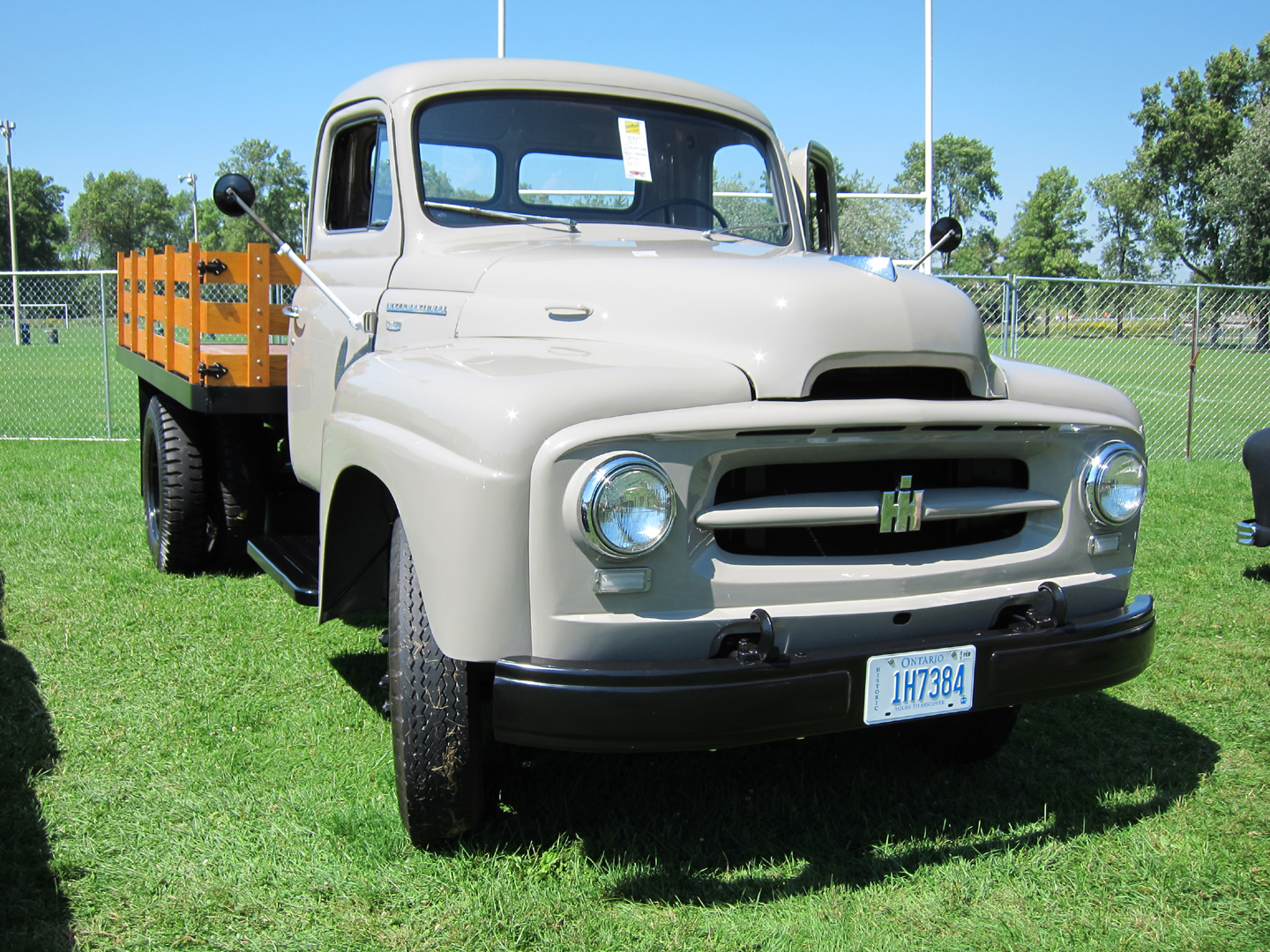
For its fiftieth year of production in 1957, International went back to the Model A name on its new “Golden Anniversary” trucks, the first with integrated front fenders and wraparound windshield. You could also get the Travelette, the industry’s first six-passenger crew cab, and Travelall wagon.
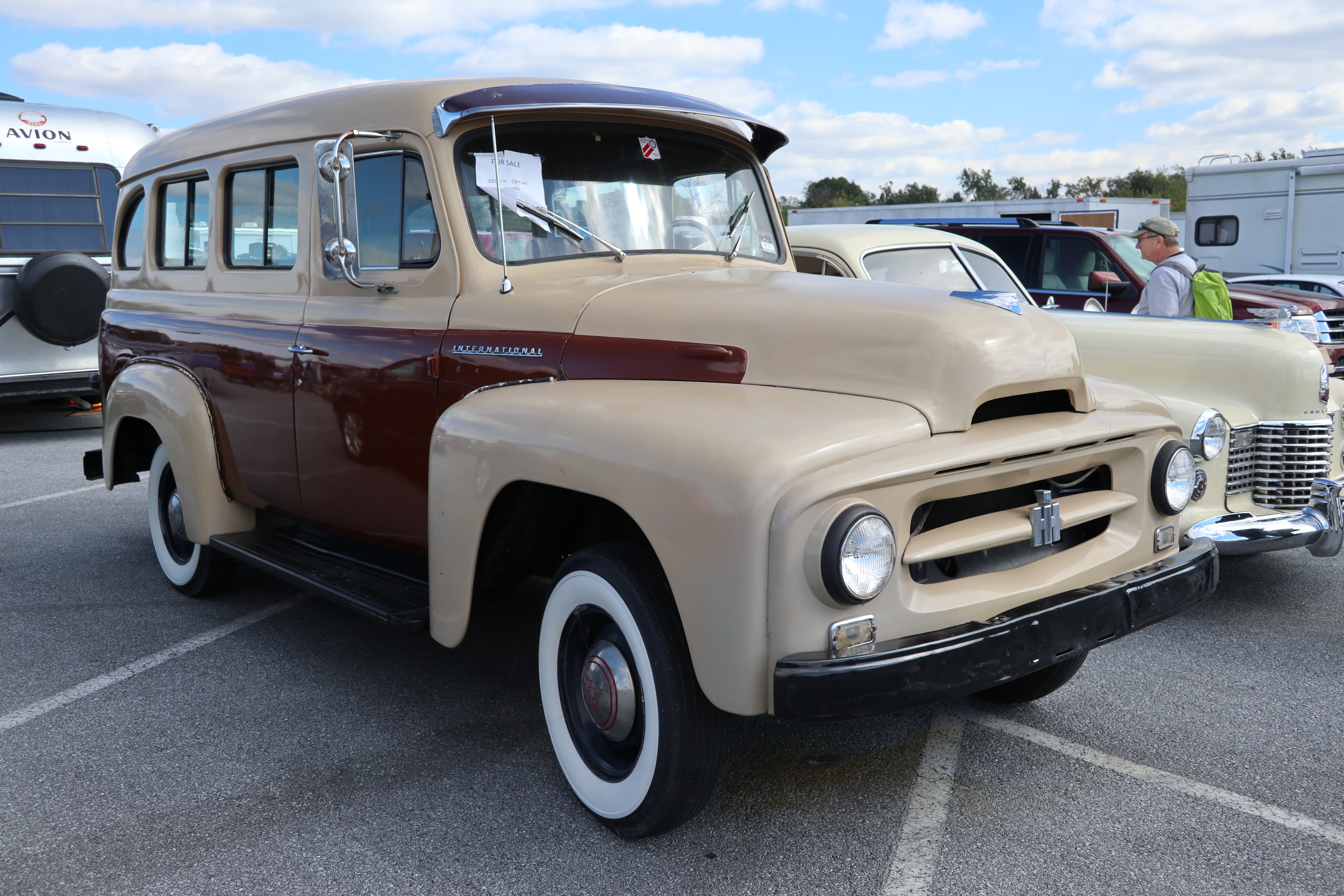
But the big news for today’s enthusiasts came in 1961 with the Scout Model 80. The little quarter-ton trucklet held three people, had a five-foot bed, removable doors and top, fold-down windshield, and a four-cylinder engine with 4x2 or 4x4 driveline. Starting price was $1,771, and International sold more than 28,000 of them that first year. Optional roll-up windows and a removable steel roof were later added.
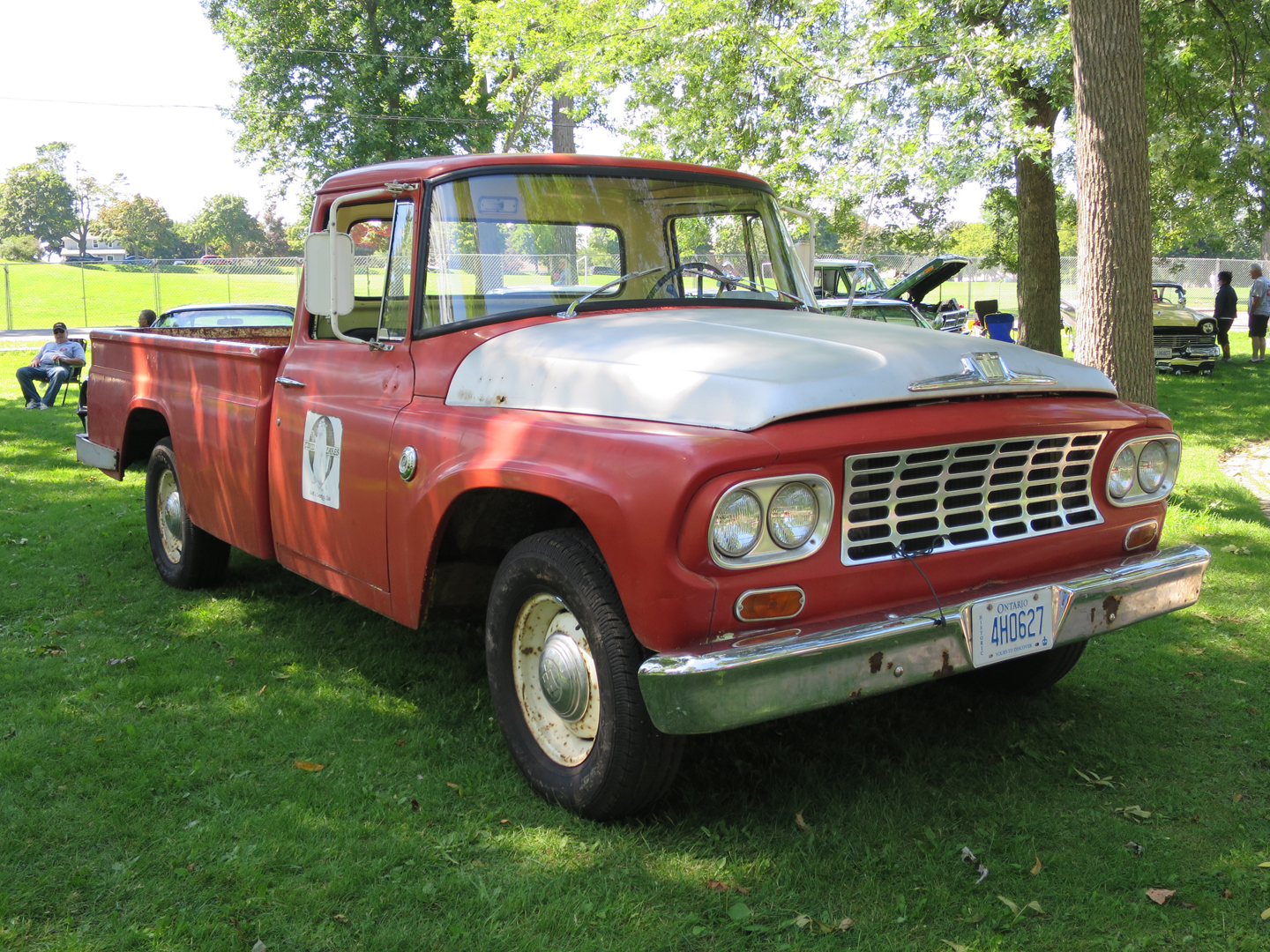
For 1965, the Scout 80 became the Scout 800. It was now more sport-ute than a bare-bones truck, and would soon offer a V8, new safety equipment, and deluxe bucket seats and chrome trim.
The Scout’s four-cylinder was also used in a smaller version of International’s full-size half-ton, introduced as the C-900 for 1964, and renamed the D-900 the following year. It didn’t sell very well, and a slightly larger, V-8 powered but still “compact” truck replaced it for 1967.
International pickup trucks were restyled for 1969, and with their flat hoods and slab sides, they now looked more like Scouts. But the Scout was facing more competition – Jeep had always been there, but now Ford had the Bronco – and sales were slowing.

For 1971, the Scout was joined by the Scout Series II. They shared a 100-inch wheelbase, but the Scout II was lower and longer and offered larger engines plus air conditioning, automatic transmission, power steering, and brakes. It sold 30,000 copies its first year. The smaller Scout didn’t return the following year.
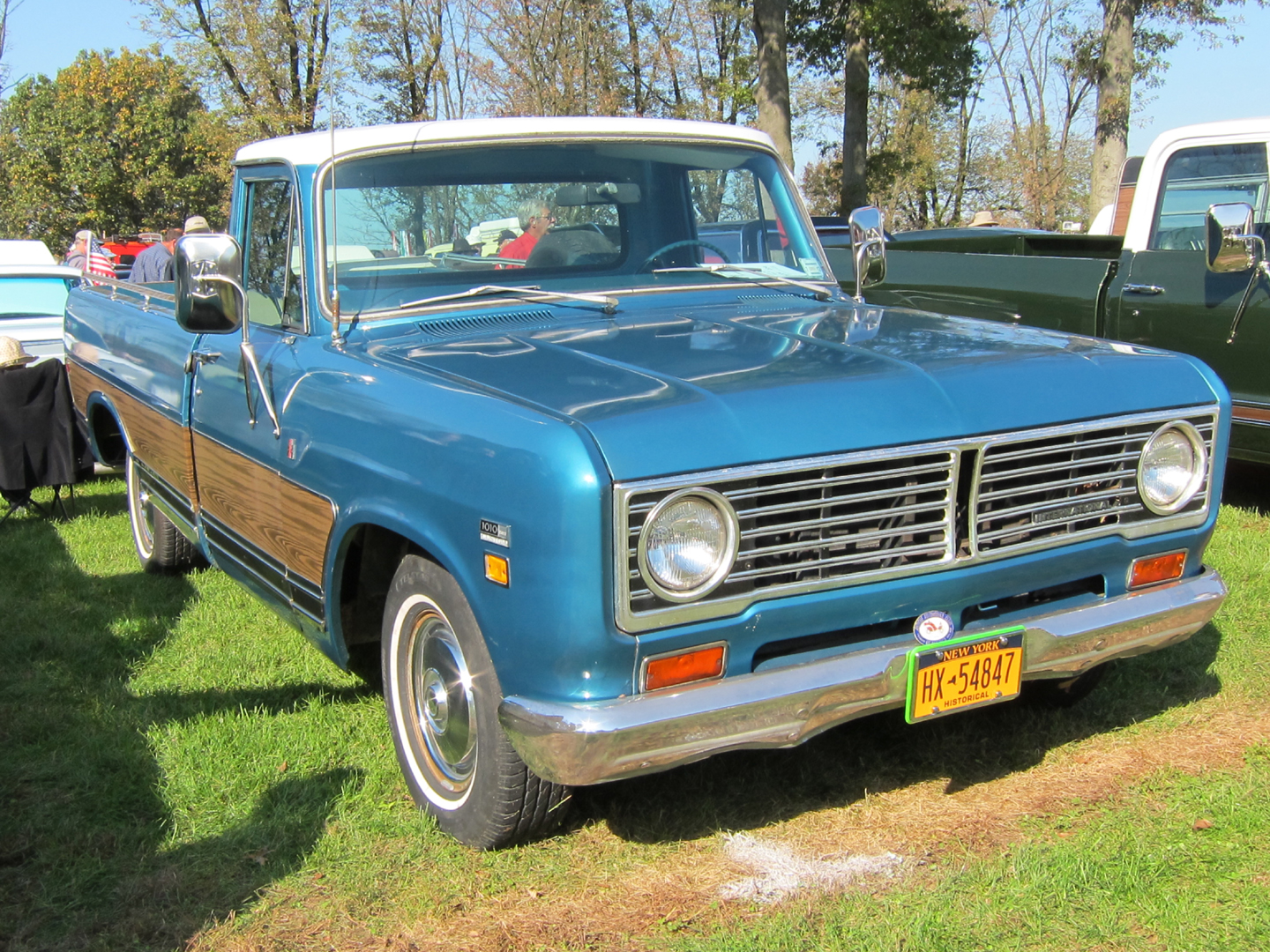
Pickup sales were down, and International decided to concentrate on its heavy-duty models. Light-duty trucks and the Travelall bowed out after the 1975 model year.
Scout picked up the slack for 1976, adding two longer-wheelbase models: a station wagon called the Traveler, and a pickup with a six-foot bed called the Terra. Both could be ordered with a six-cylinder diesel engine made by Nissan.

The Scout’s final year was 1980 but got a surprising number of updates anyway. All models were 4x4; a new turbo-diesel was available; the grille was redesigned; and there was better corrosion protection, air conditioning, and driveline components.
A next-generation Scout had been planned and then dropped. International tried to sell its Scout division to other automakers, but no one bit. On October 30, 1980, the last of International’s light-duty trucks rolled off the line.
Here are some other interesting tidbits about International trucks…
- In 1916, an International Model F became the first truck to climb Pike’s Peak.
- The Travelette six-passenger truck initially came with three doors and then added a fourth a few years later.
- The Scout was often sold in special-edition trim, including the Red Carpet Series, Campermobile, Aristocrat, and Spirit of ’76.
- International’s entire organization was on shaky ground when it discontinued its light trucks. Following that, it sold its agricultural division and was renamed Navistar International Corporation.
While they’re not as common as pickups from the bigger Detroit manufacturers, International trucks have a considerable following. There are even scores of fans dedicated to the high-wheelers and the early trucks.
The Scout has carved out its own niche, and as with the Bronco, the earliest models are among the most coveted. The special editions can be hard to find but worth the trouble. Parts are still around for almost all International trucks, so it’s easy to restore one and then keep it on the road.
Are you having trouble finding classic International truck parts? If you are restoring an old International truck, finding classic International truck parts is easy. Collectors Auto Supply has thousands of International truck restoration parts and automotive restoration supplies. Check out our home page to begin your search.


